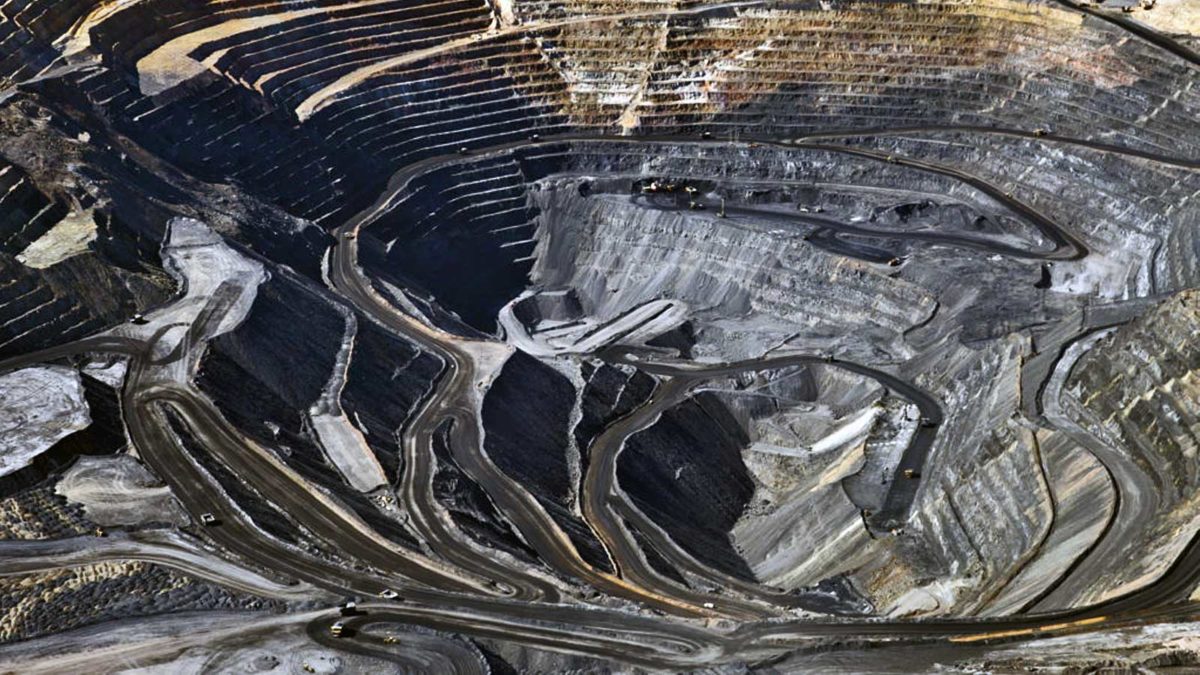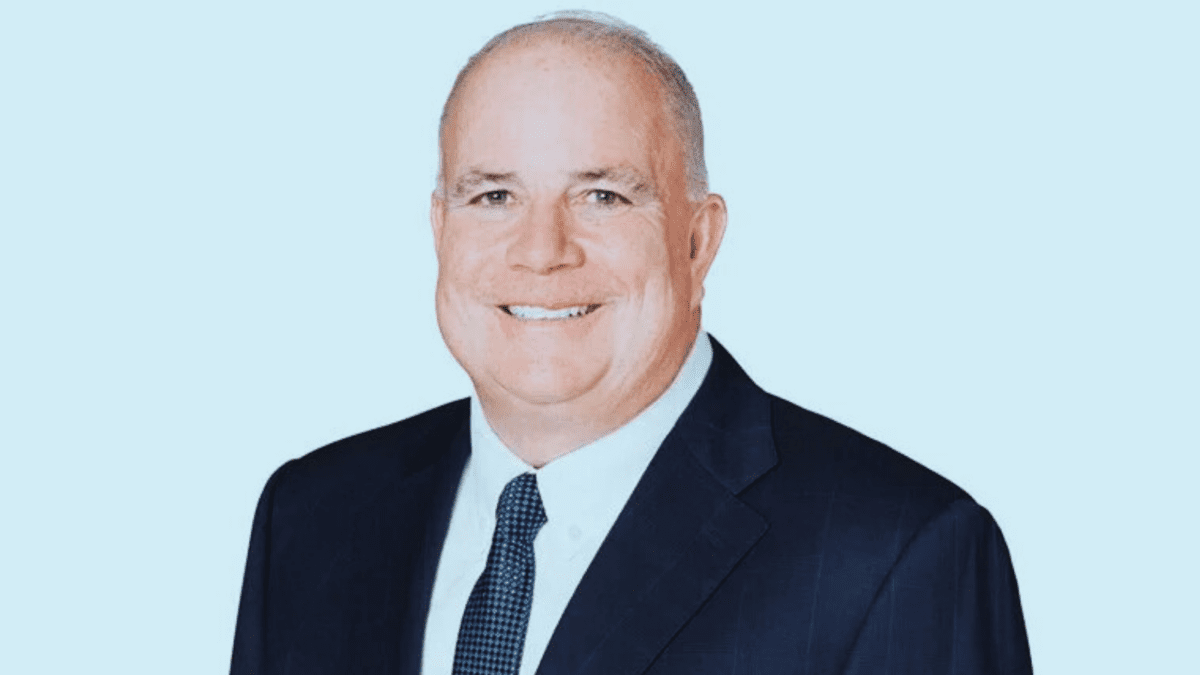A timely reminder why mining companies make poor hedges
The pandemic combined with the invasion of Ukraine has sent global commodity markets into flux. Commodities ranging from grain to crude oil are surging to near-record levels with 2020’s demand weakness offset by 2022’s significant supply-chain issues.
In an environment of growing volatility and inflation, investors are naturally seeking hedges for their portfolios with gold bullion and other ‘baskets’ of commodities. Yet this week offered not one, but two, timely reminders about why commodity stocks are rarely a ‘good hedge’ for portfolios.
Traditionally, a hedge is sought to provide returns when other parts of your portfolio, like equities, are falling. Gold and silver have historically been the most popular, however, broader commodities have been brought into the fray in recent years.
Anyone who held Newcrest (ASX:NCM) after its poorly timed Lihir Gold acquisition will likely have learned this lesson, but the news from Peabody Coal and Tsingshan this week offered another example.
Peabody Coal is the biggest coal miner in the US, and also has a large operation in Australia. In 2020/21 when the coal price was falling significantly and fewer people were buying any coal (nor consuming energy), Peabody was working through a lot of technical issues on the way to bringing Wambo (an underground mine) into full production. To ease its concerns around Wambo, Peabody entered into a hedging agreement that would guarantee the profitability of the mine at a thermal (electricity) coal price of US$84 per tonne.
Whether advised by its banks, or corporate treasury team (it was probably a condition of Peabody’s loans that it sell-forward a certain proportion of future production at a certain price), the deal likely seemed like a great idea at the time; that is until a global energy crisis emegeed and then was exacerbated by the events in Ukraine. The result was a coal price of US$169 per tonne at the end of 2021, moving 260 per cent in March and ultimately reaching around US$425 per tonne.
Clearly, such a stunning surge is great for coal-miners across the world. In the medium-term, maybe, but unfortunately the hedge placed by Peabody meant that it received a margin call for US$534 million in order to cover the position it had in place. That is, the marked-to-market losses on the derivative position it had established.
That is because hedges can work both for and against a business. The group was required to take out a US$150 million loan in order to fund the “make good” (to keep the hedge position alive.) On a positive note, the hedge covered only a portion of the company’s production; hence, once it rolls-over later this year Peabody should be able to benefit from the surging price. It does, however, bring into question the use of shareholders’ capital with such a loss on a “hedging” position.
Another example was Tsingshan, a large shareholder in Nickel Mines (ASX:NIC), which is facing billions of dollars in potential losses due to short positions it took out on the price of nickel. Once again, the positions were established to protect the company’s profitability, but ultimately ended up turning in the wrong direction.









